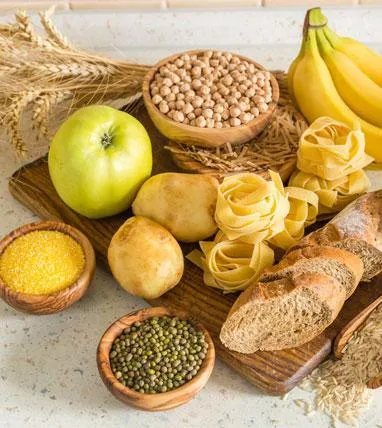Phase I - Liquids - foods and fluids that are liquid or semi-liquid at room temperature and contain mostly water, such as broth, juice, milk, strained cream soup and cooked cereal. In most cases, you stay on a liquid diet for one to two days.
Phase II - Pureed foods - foods with a consistency of a smooth paste or a thick liquid. Pureed foods contain no distinct pieces. The pureed diet is generally followed for three to four weeks, or as recommended by your dietitian or doctor.
Phase III - Soft foods - foods that are tender and easy to chew, such as ground or finely diced meats, canned or soft, fresh fruit, and cooked vegetables. You usually eat soft foods for eight weeks before progressing to eating foods of regular consistency with firmer texture as recommended by your dietitian or doctor.
During the diet progression, you eat many small meals each day and sip liquids slowly throughout the day (but not at the same time you eat). You may start with six small meals a day, then progress to four meals and then finally, when following a regular diet, decrease to three meals a day. Typically, each meal will include protein-rich foods, such as lean meat, low-fat dairy products (yogurt, cheese) or eggs. Protein is important for maintaining and repairing your body after surgery.
How quickly you move from one step to the next depends on how fast your body adjusts to the change in eating patterns and the texture and consistency of food. People usually start eating regular foods with a firmer texture three months after surgery, but it can occur sooner.








